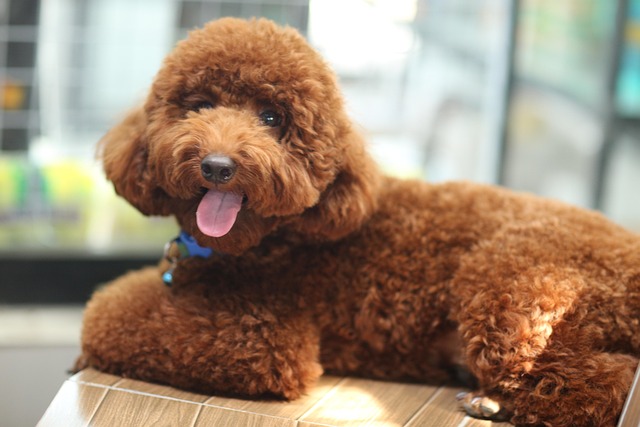
What if a dog doesn't listen to its owner's call and can't come over
It’s a crisp Saturday morning in the park, and your 9-month-old border collie, Lila, is sprinting toward a group of kids playing frisbee.
There’s nothing like the joy of stepping outside for a walk with your dog—until the lead tightens, your arm gets yanked, and suddenly you’re being dragged toward a squirrel or a neighbor’s mailbox. It’s frustrating, even a little embarrassing, but yanking back or scolding rarely fixes the problem. In fact, it might make your pup more anxious, turning walks into a cycle of tension.
Let’s start with what “discipline” really means here. It’s not about punishment—it’s about teaching your dog that walking calmly gets them what they want: to keep moving forward. When your dog pulls, stop in your tracks. Don’t say a word, just stand still. Most dogs will pause, look back at you, and when they do, take a step forward. That small movement rewards their calm behavior, and over time, they’ll learn that slack in the lead equals progress.
Tools matter, too. A standard collar can strain their neck when they pull, and some areas actually restrict certain collar types due to animal welfare laws. A front-clip harness shifts the pressure, making pulling less effective without discomfort. Slip leads work for some, but they need to be used carefully—too tight, and you risk hurting them, which could land you in hot water with local regulations.
Timing is everything. Praise or a tiny treat needs to come the second your dog eases up on the lead, not 30 seconds later. Dogs live in the moment, so if you wait, they won’t connect the reward to their good behavior. Keep treats handy—something small, like pieces of cheese or training kibble—and offer them sparingly to keep their focus.
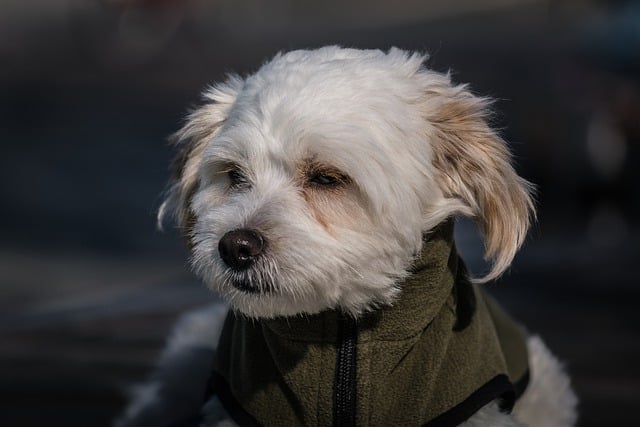 Distractions are part of the game, especially in busy neighborhoods. If your dog spots another dog or a fluttering leaf and starts tugging, try redirecting their attention. Call their name, hold up a treat, and when they look at you, reward them. It’s like teaching a kid to look both ways before crossing the street—consistency builds habit.
Distractions are part of the game, especially in busy neighborhoods. If your dog spots another dog or a fluttering leaf and starts tugging, try redirecting their attention. Call their name, hold up a treat, and when they look at you, reward them. It’s like teaching a kid to look both ways before crossing the street—consistency builds habit.
Avoid the “tug of war” trap. If your dog pulls and you pull back, they’ll think it’s a game. Instead, turn around and walk the other way. It confuses them at first, but they’ll quickly learn that pulling doesn’t get them closer to what they want—it gets them farther away. Be patient; this might take weeks, but rushing it will only set you back.
Some days will be better than others. Rainy weather, loud trucks, or an extra-energetic mood can make your pup more likely to pull. That’s okay. Stay calm, stick to your routine, and remember that even professional trainers deal with setbacks. Your dog can sense frustration, so take a deep breath and start again if things get messy.
Local parks or walking trails often have unspoken rules—keeping your dog under control isn’t just polite, it’s often required by law. A dog that pulls might dart into traffic or bother other people and pets, which could lead to fines or warnings. Training them to walk calmly keeps everyone safe, including your furry friend.
At the end of the day, walks should be enjoyable for both of you. With time, patience, and a little creativity, that chaotic tug-of-war can turn into a peaceful stroll where you’re both in sync. Imagine reaching the park without a sore arm, where your dog looks up at you for guidance instead of dragging you along. It’s possible—and worth every minute of practice.

It’s a crisp Saturday morning in the park, and your 9-month-old border collie, Lila, is sprinting toward a group of kids playing frisbee.

It’s a sunny afternoon in your neighborhood park, and your 1-year-old Australian shepherd, Cooper, is darting after a squirrel, his ears flapping.
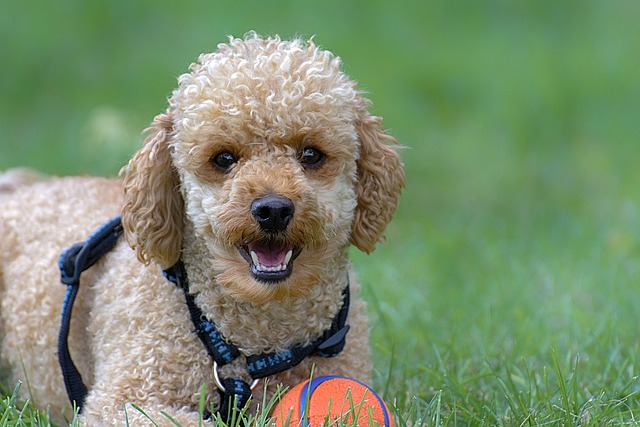
That first wiggly car ride home with your new puppy is pure magic – until you realize they just peed on your passenger seat and you have no supplies.
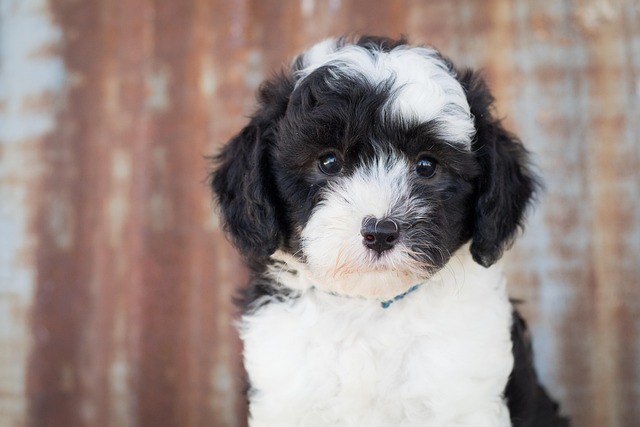
Picture this: Your floppy-eared Golden Retriever puppy just chewed your favorite sneaker again while completely ignoring your frantic "drop it!" calls.
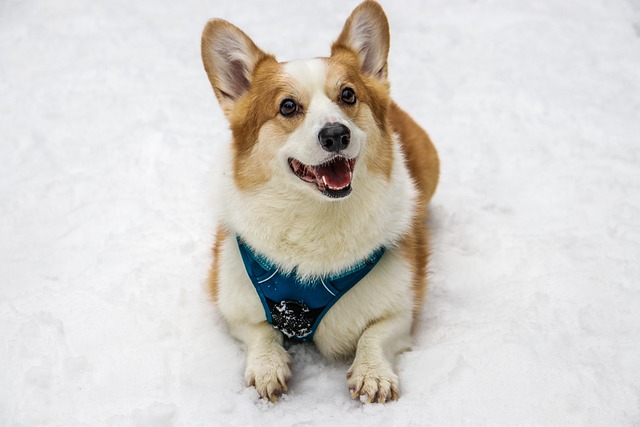
Dogs bark at strangers because it's their job, in a way—those sharp sounds are their way of saying, “Hey, something's new here, and I'm paying attention.”
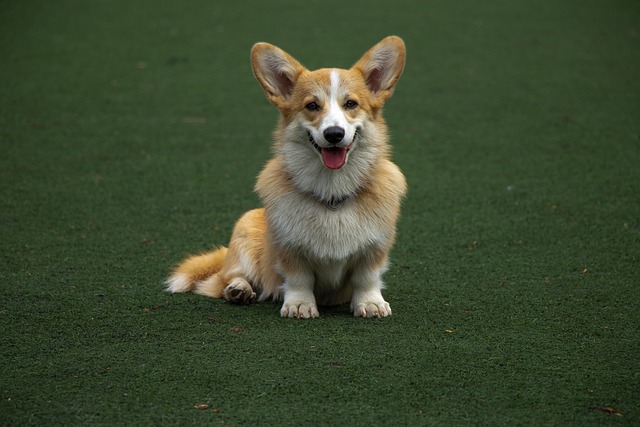
Puppies aren’t born knowing where to go potty—those tiny bladders and developing brains mean accidents are part of the deal, no matter how cute they are.